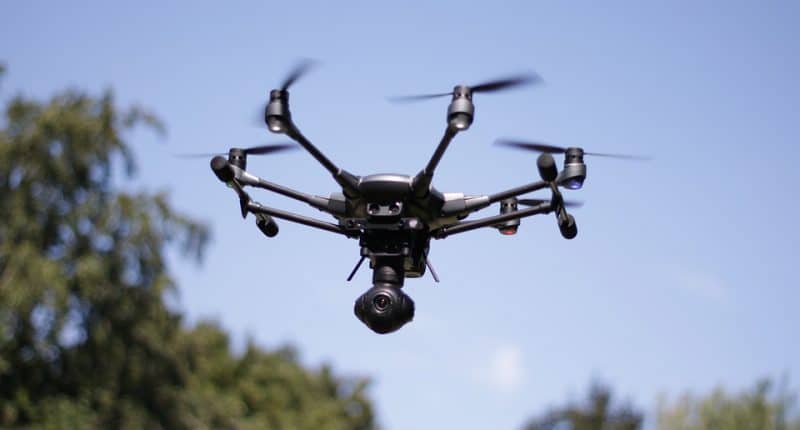The Indian government has issued a new draft of rules, covering the field of Unmanned Aircraft System (UAS) for the year 2020. The rules extensively cover every aspect of drone operation, from manufacturing to flight. The new draft will be up for public comments for 30 days, i.e. 3rd July, before a final set of rules is reached at.
The rules have been named the Unmanned Aircraft System (UAS) Rules, 2020 and will apply to the entire country. These will apply to the possession of drone, engagement in importing, manufacturing, trading, leasing, operating, transferring or maintaining a drone in India or to all UAS for the time being in or over India.
The government addressed various categories of UAS devices that will be impacted by these new rules, including Remotely Piloted Aircraft System (RPAS), Model Remotely Piloted Aircraft System, and Autonomous Unmanned Aircraft System. The UA (Unmanned Aircraft) have been classified according to Maximum All-Up-Weight (including payload) of the flight.
Nano status will be given to those with a max wight of Less than or equal to 250 gram, Micro to Greater than 250 gram and less than or equal to 2 kilogram, Small to those who weight lies between 2 to 25 kilograms, Medium to those whose weight lies between 25 to 150 kgs and Large with weight above 150kgs.
To be authorized as an importer, manufacturer, trader, owner or operator one needs to be a citizen of India and above the age of 18. To a company that seeks approval, it has to be registered and has its principal place of business within India, with he Chairman and at least two-thirds of its directors being citizens of the country.
“No UAS or part or component thereof shall be imported or manufactured in India unless Certificate of Manufacture is obtained,” said the announcement by the government. Moreover, only an ‘Authorized UAS Importer‘ shall import a UAS or partor component thereof in India. Manufacturing follows a similar law set, with only an ‘Authorized UAS Manufacturer‘ being allowed to manufacture a UAS in the country. The rules also mentioned that no UAS shall be operated in India unless it is maintained in accordance with the current norms.
For conducting flights, a Unique Identification Number has to be given to every UAS, the absence of which will result in complete prohibition. UAS will also be allowed to fly in only certain permissible “zones” that are “identified in the available map on the online platform.” Again, only an ‘Authorized UAS Operator’ can conduct the flights. As is very clear from the trends, you have to be ‘Authorized’ for just about everything.
The government is also considering building drone ports in certain permissible zones, with similar restrictions placed on manufacturing and flights as specified above. “The Central government may establish an Unmanned Aircraft Traffic Management System in Indian airspace or any part thereof, if warranted by the nature and requirements of UAS operation,” the report from the government said about a UAS Traffic Mangement system.
The rules seem in compliance with the existing rules in place, and seem pretty strict. The Indian government has always been careful with UAS rules, and this edition does not seem to be very different. However, the government is open to suggestions, which shows a keenness to explore the market further. While e commerce deliveries by drones, the likes of which Uber conducts in some parts of the world, still seem far away, the government can still make changes before the final draft is out.





